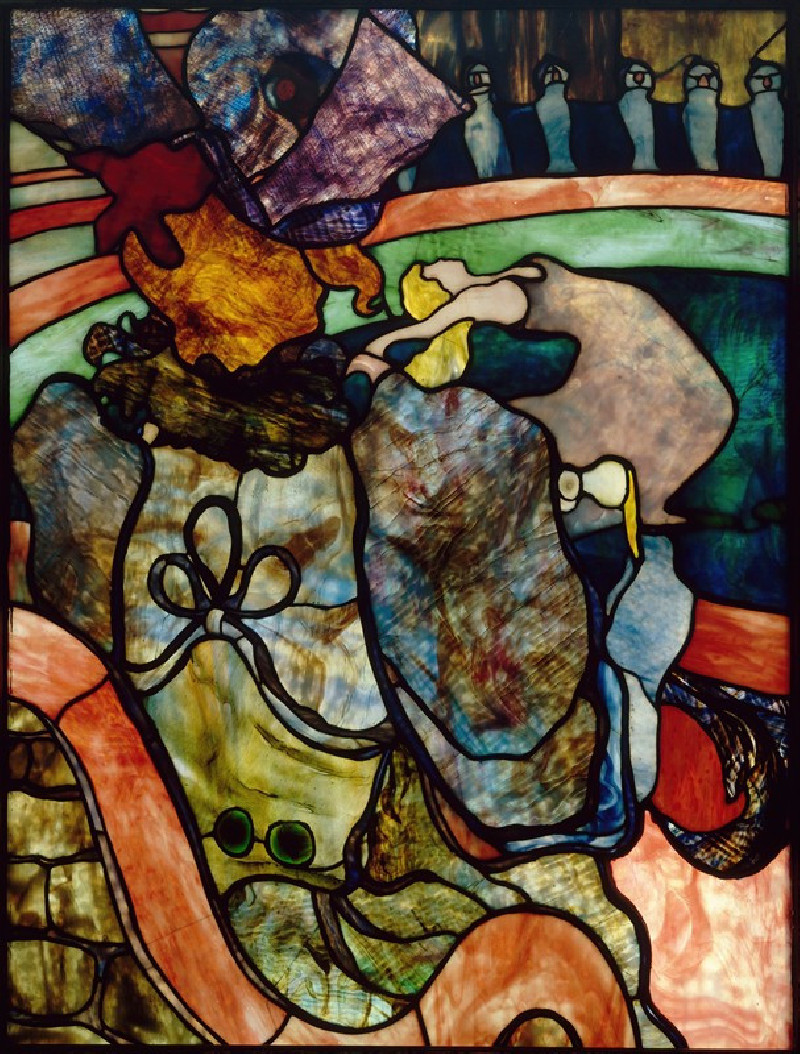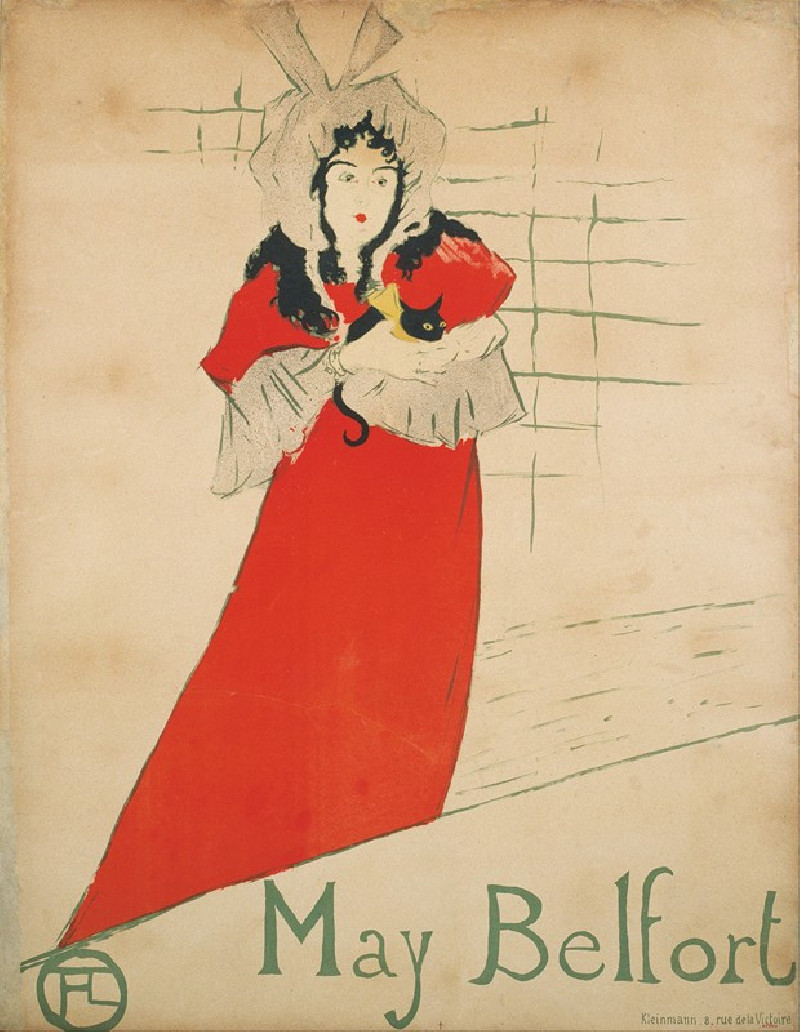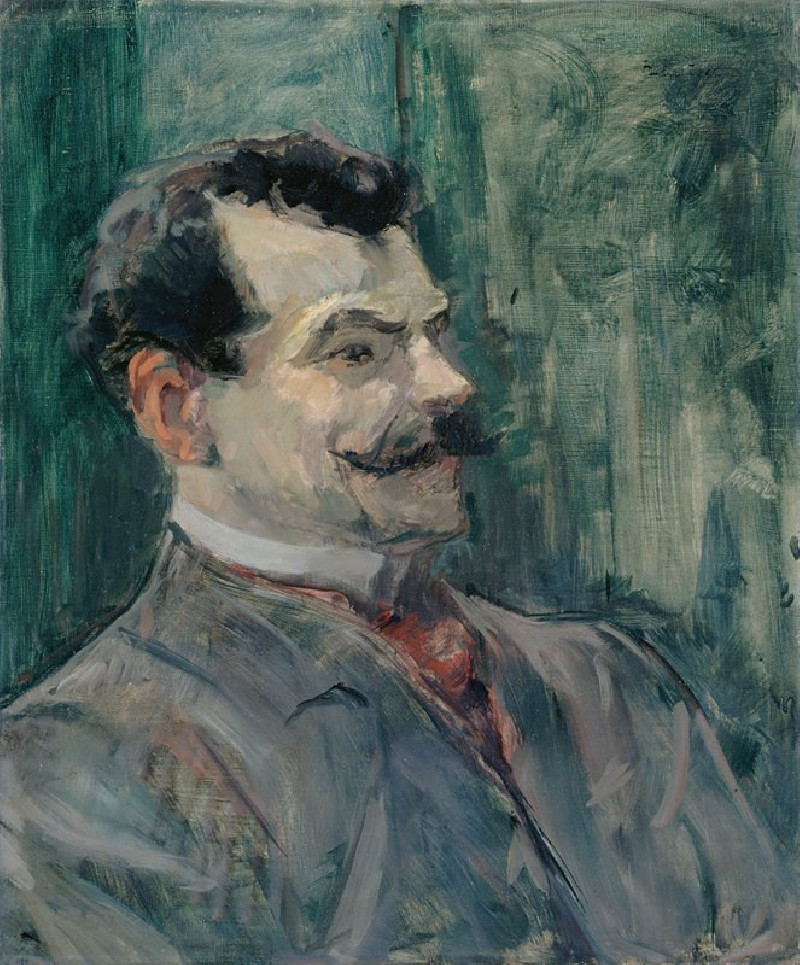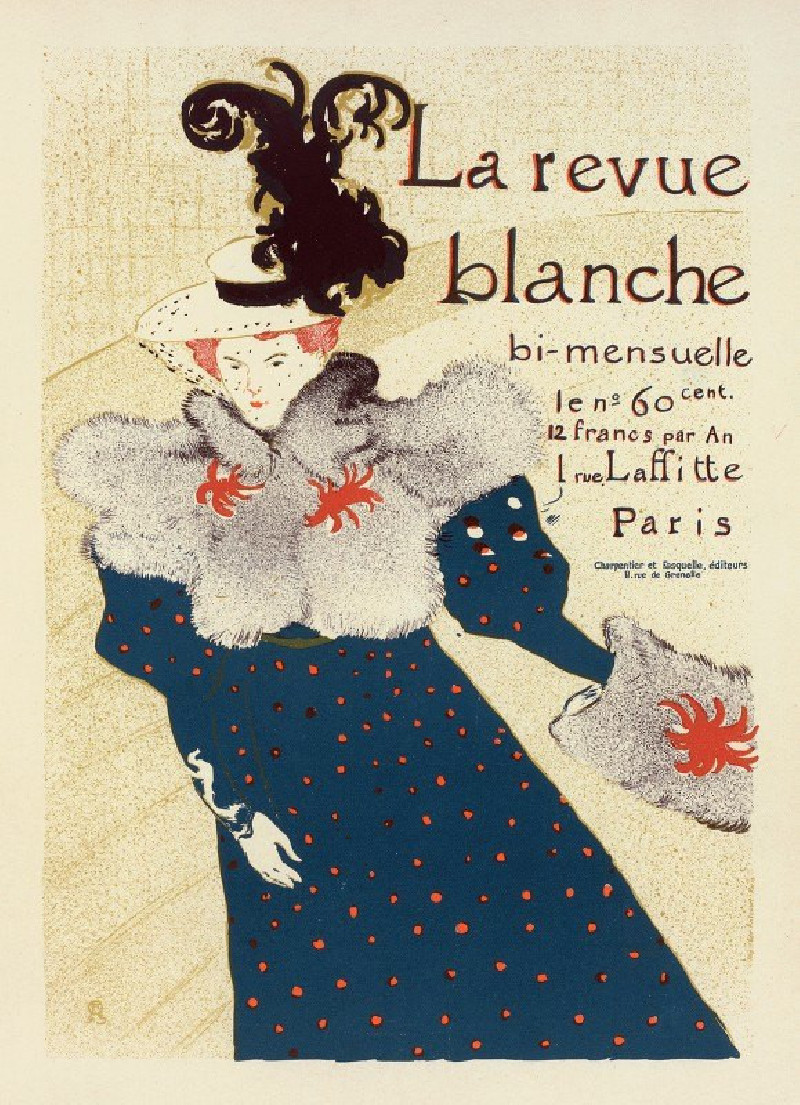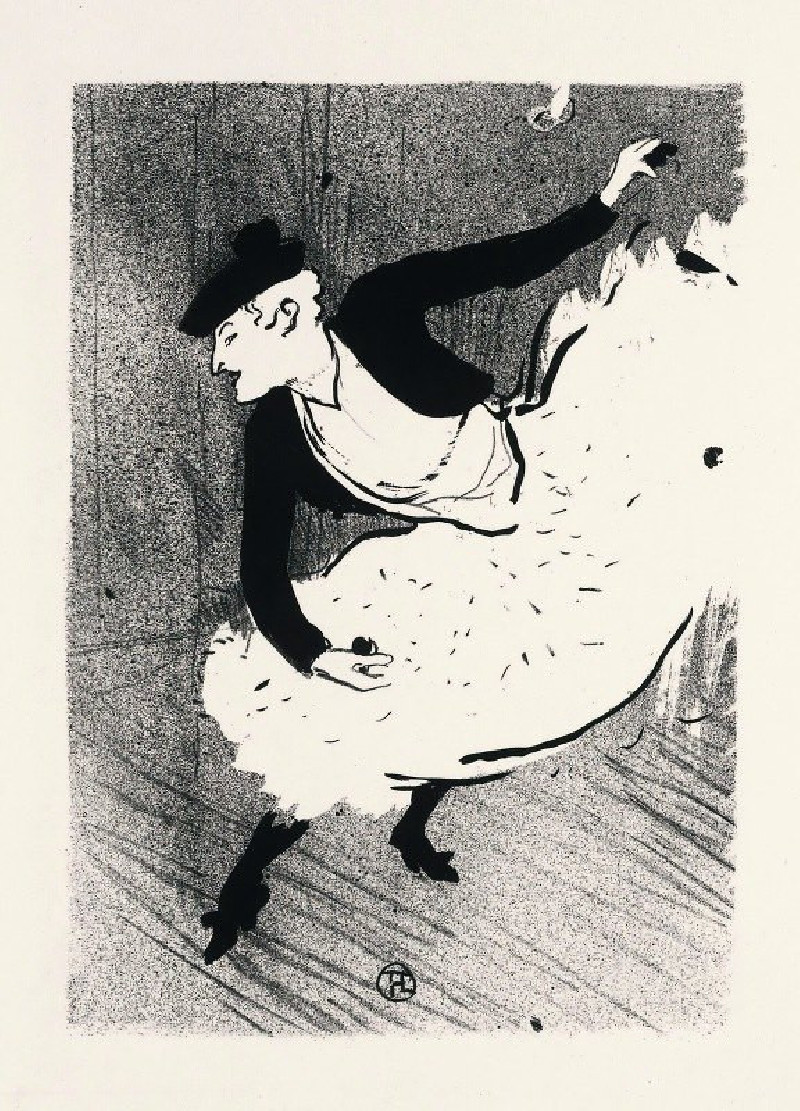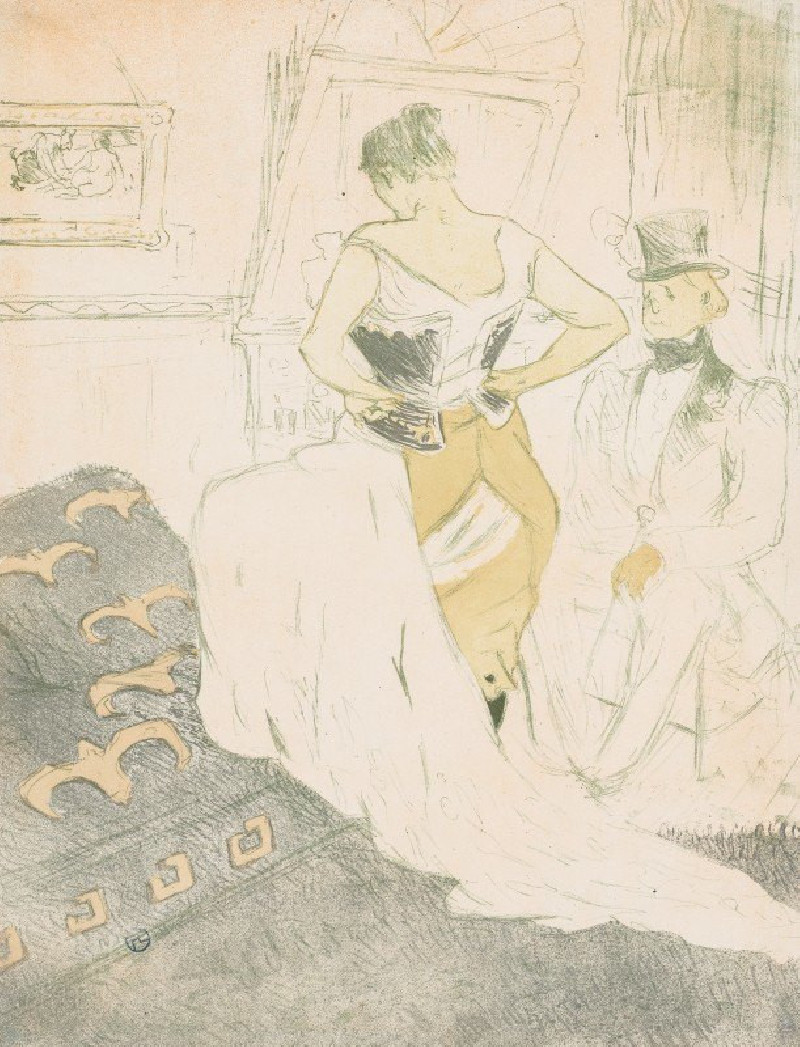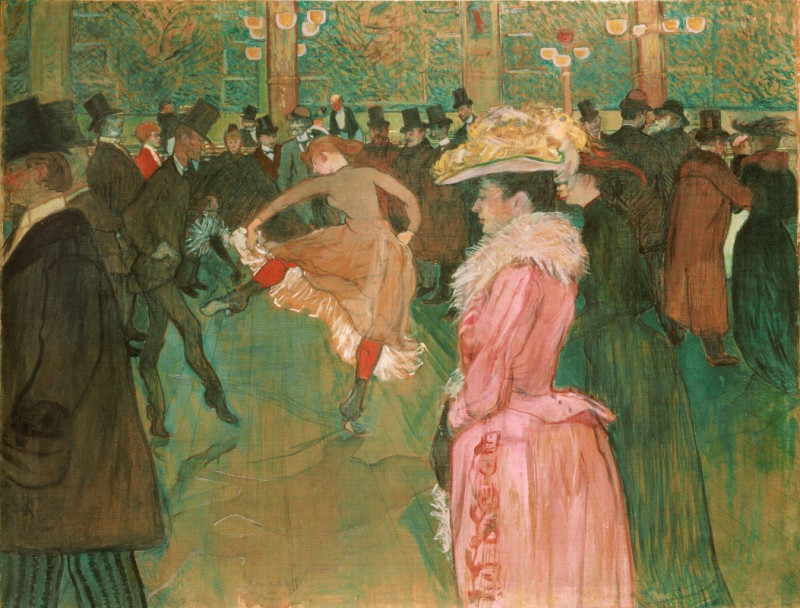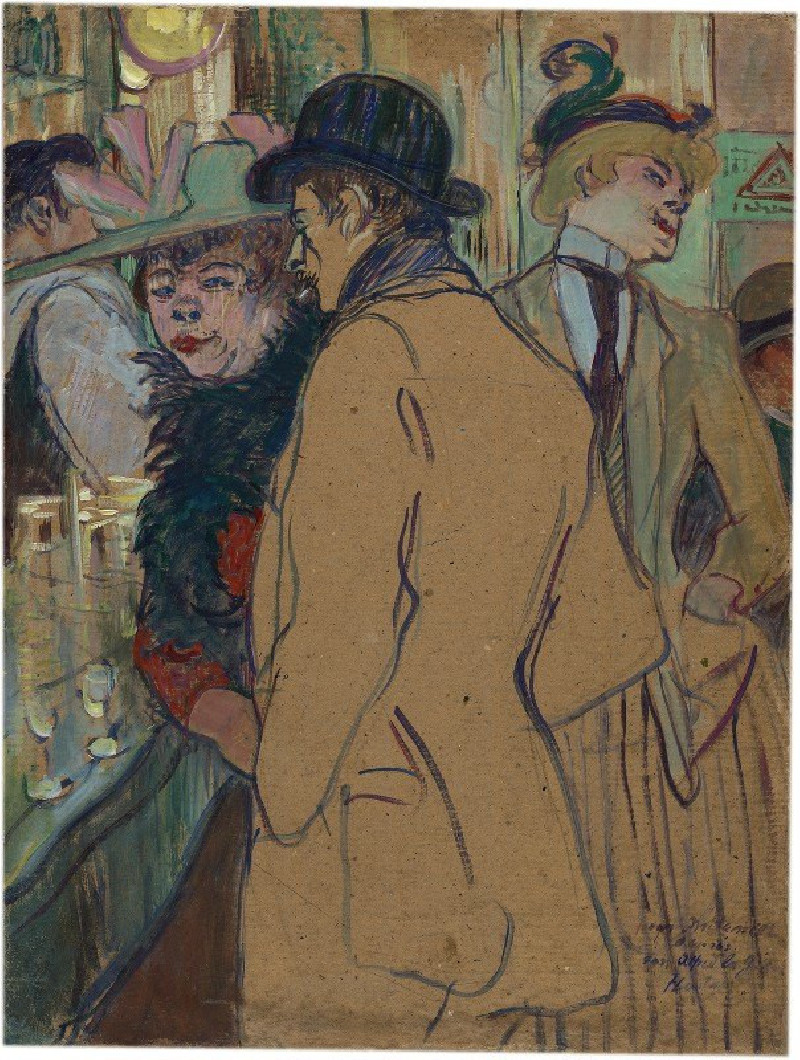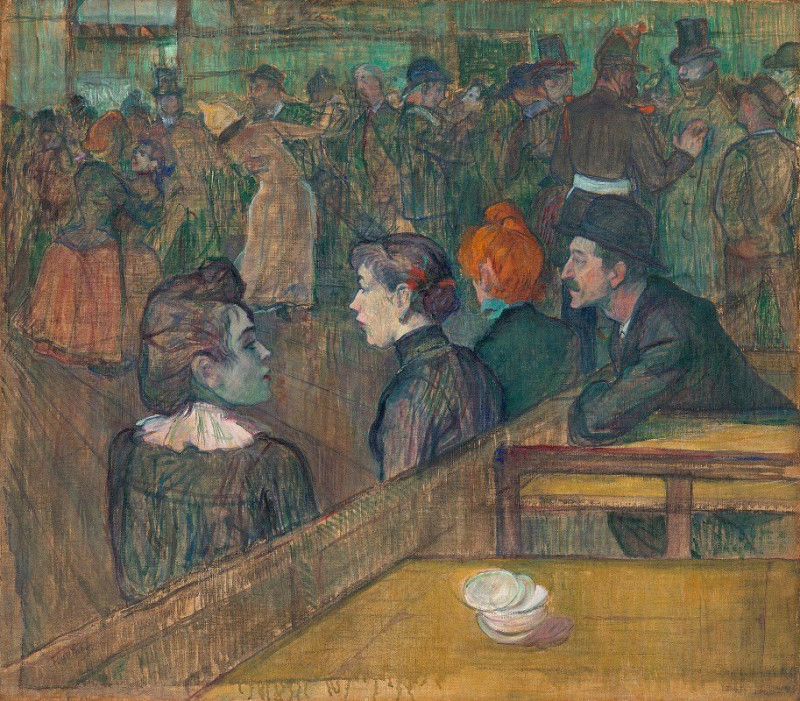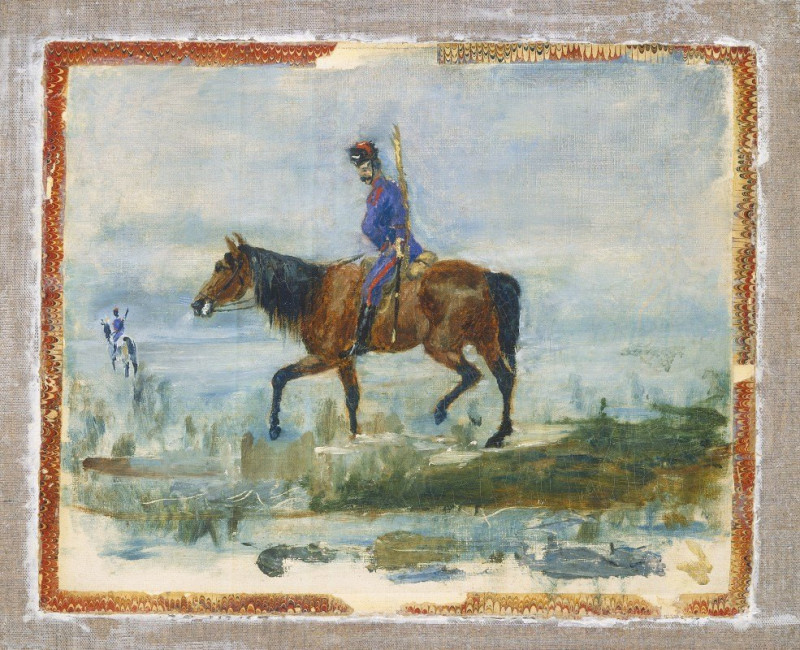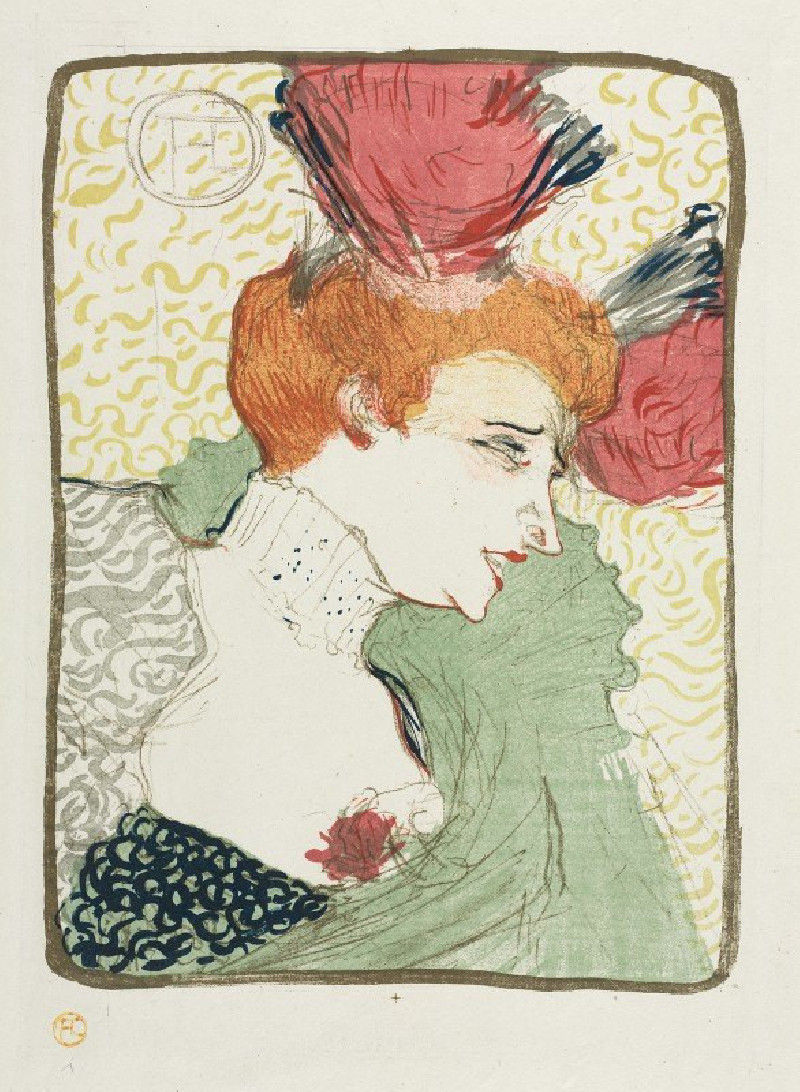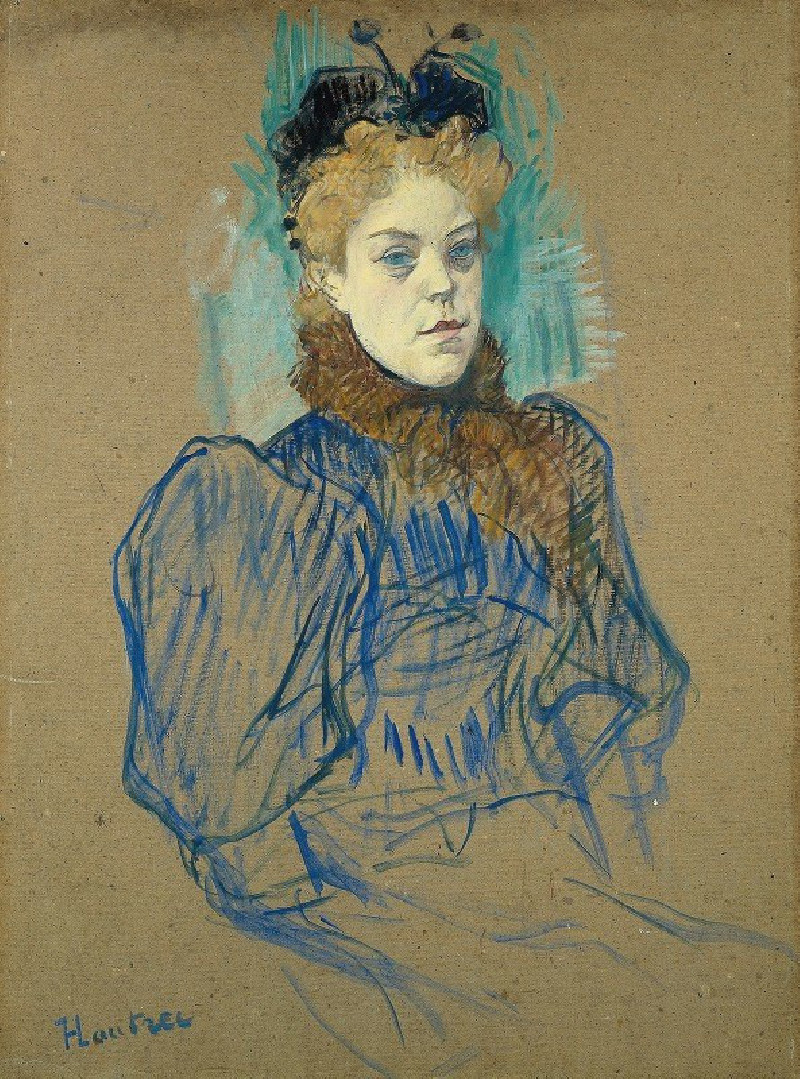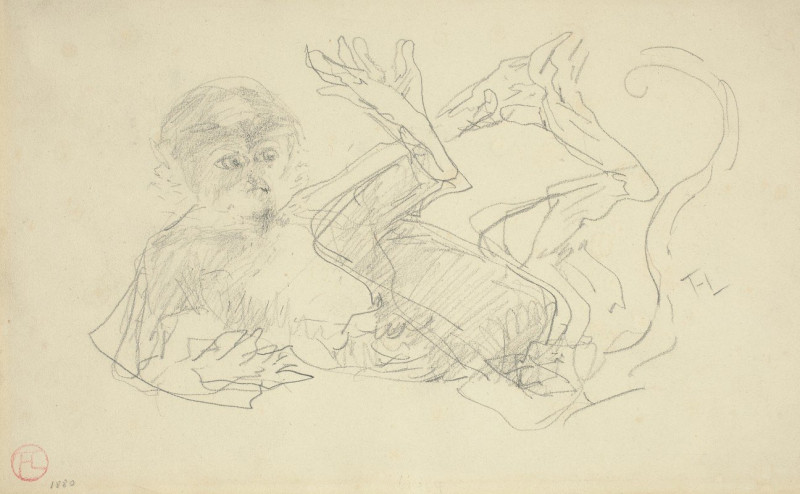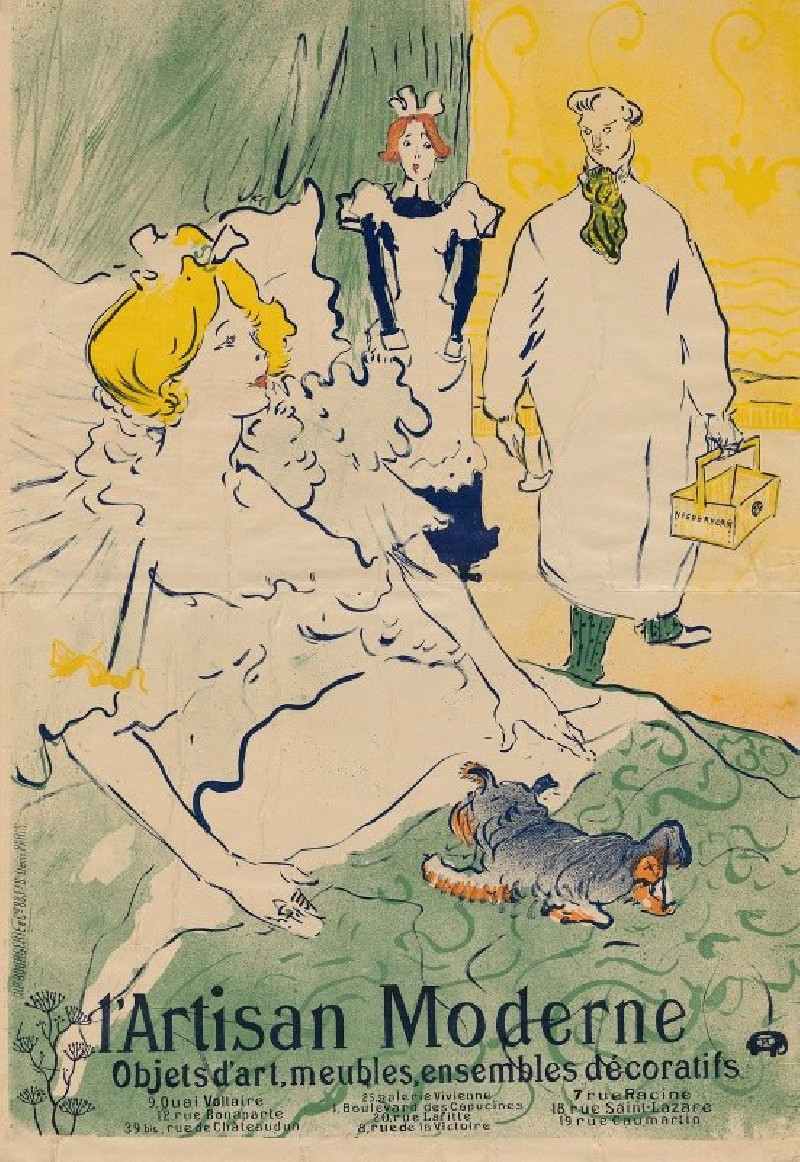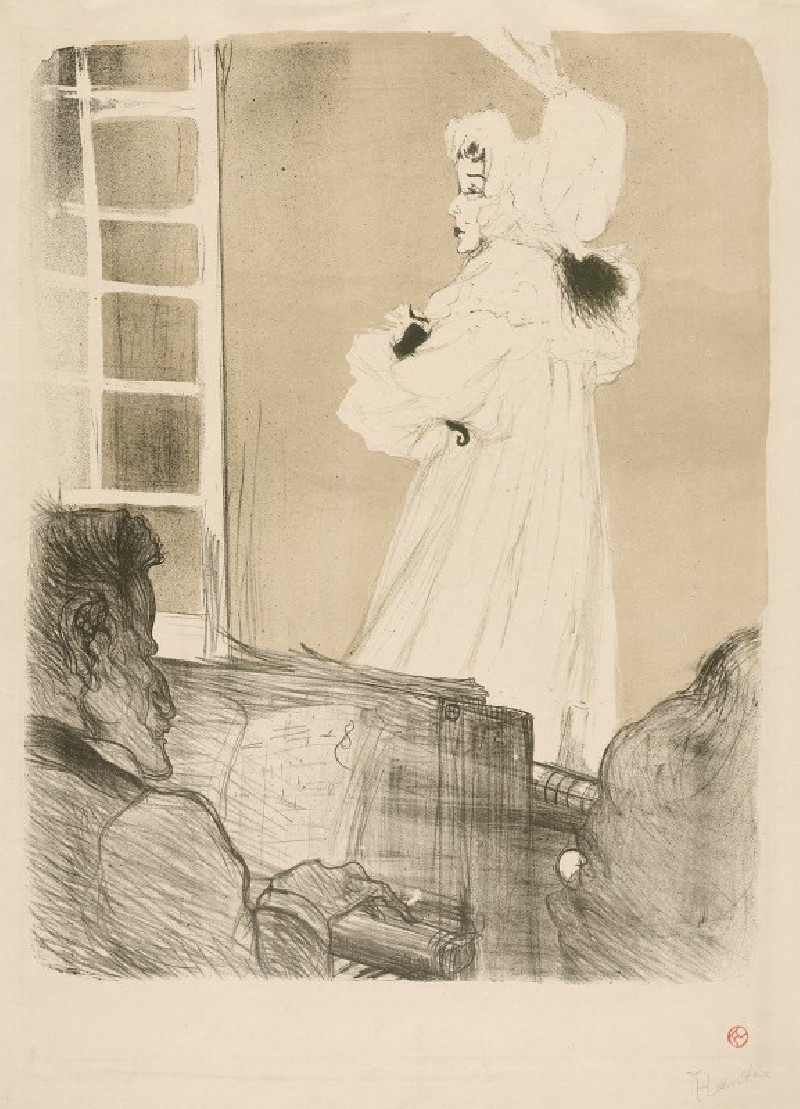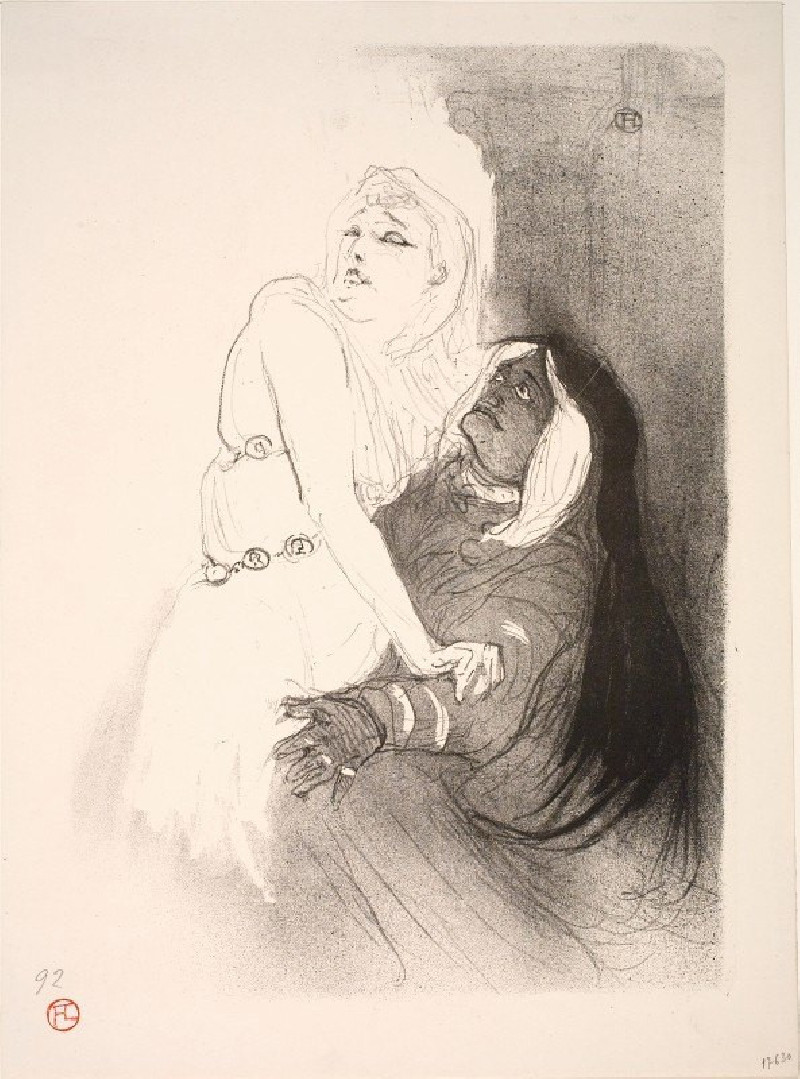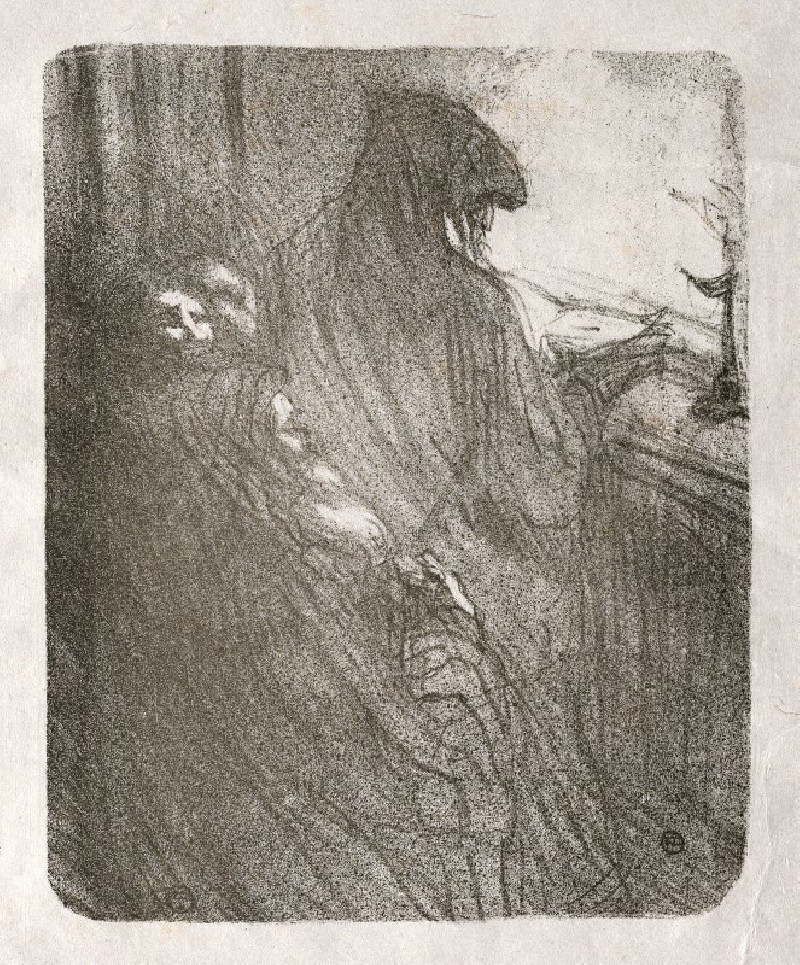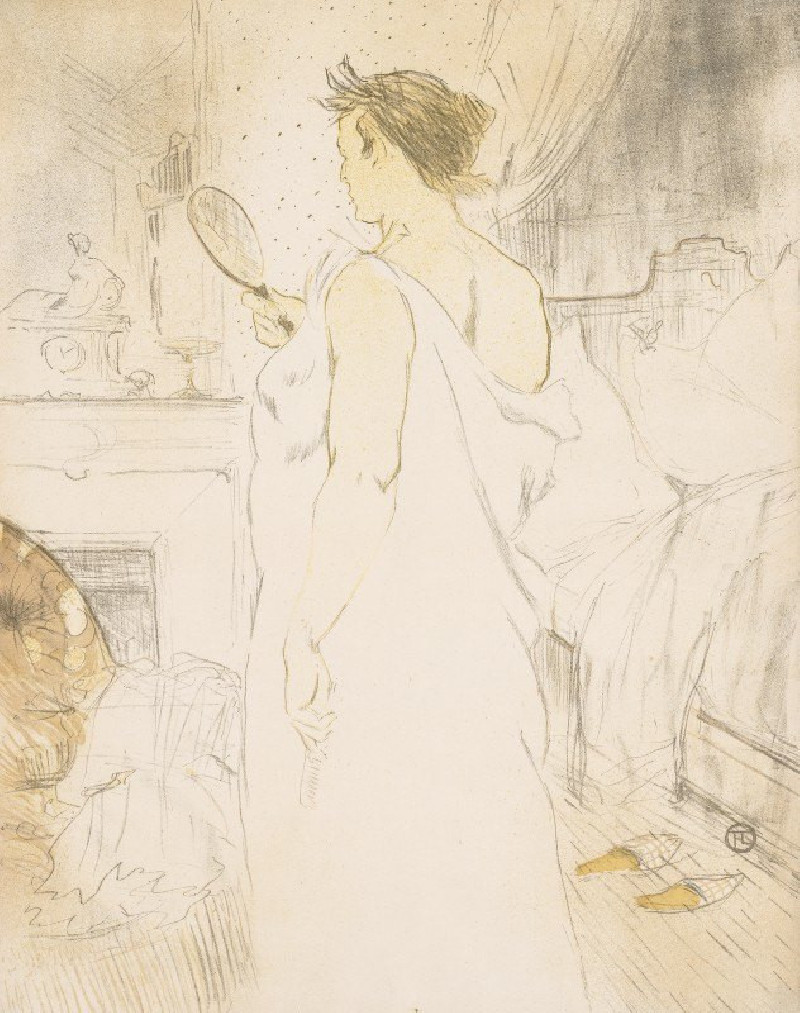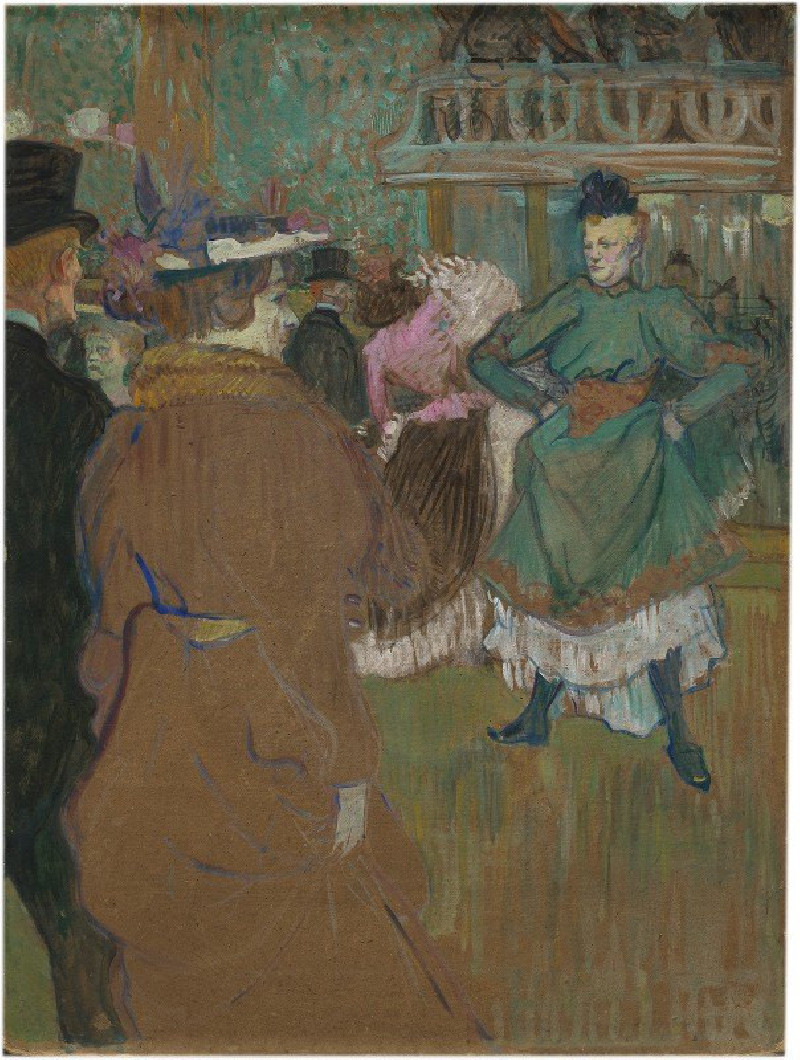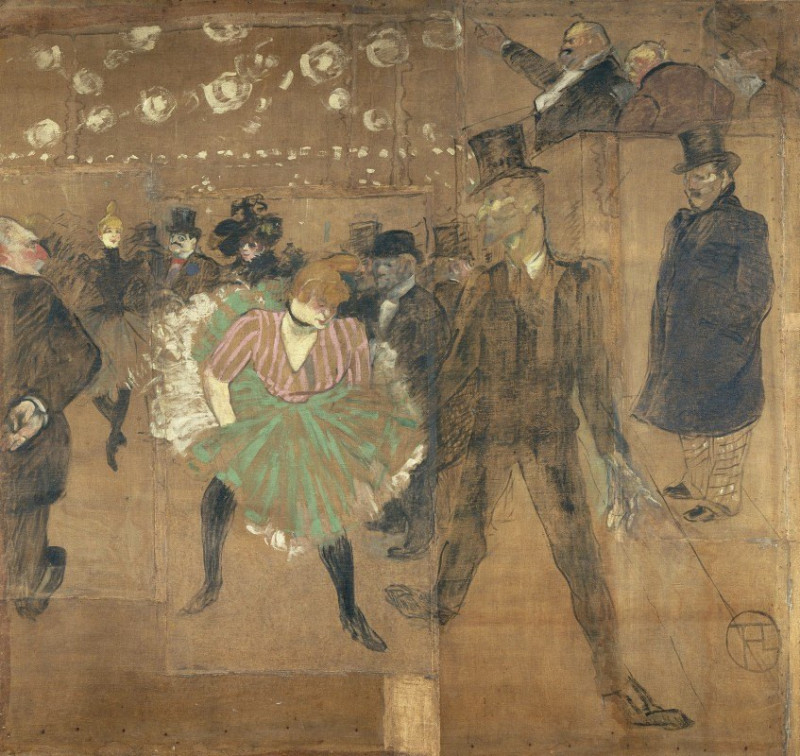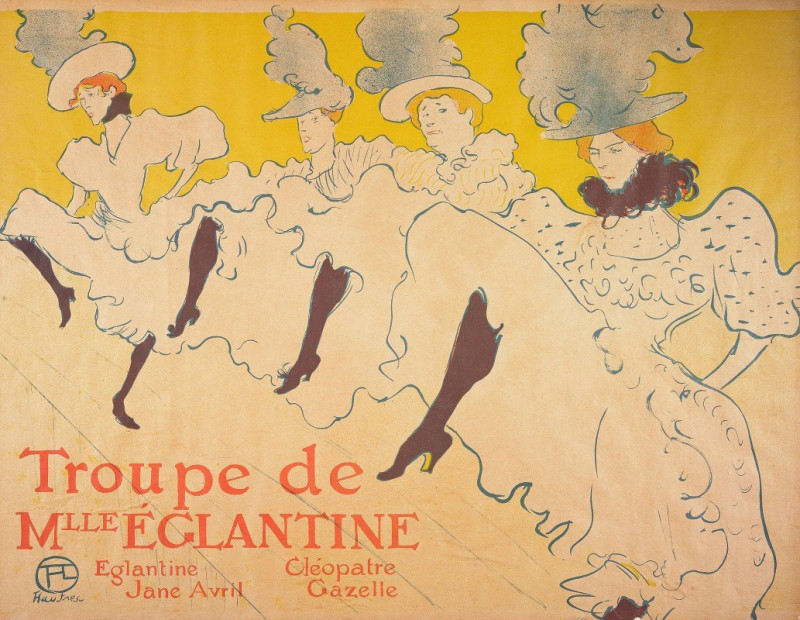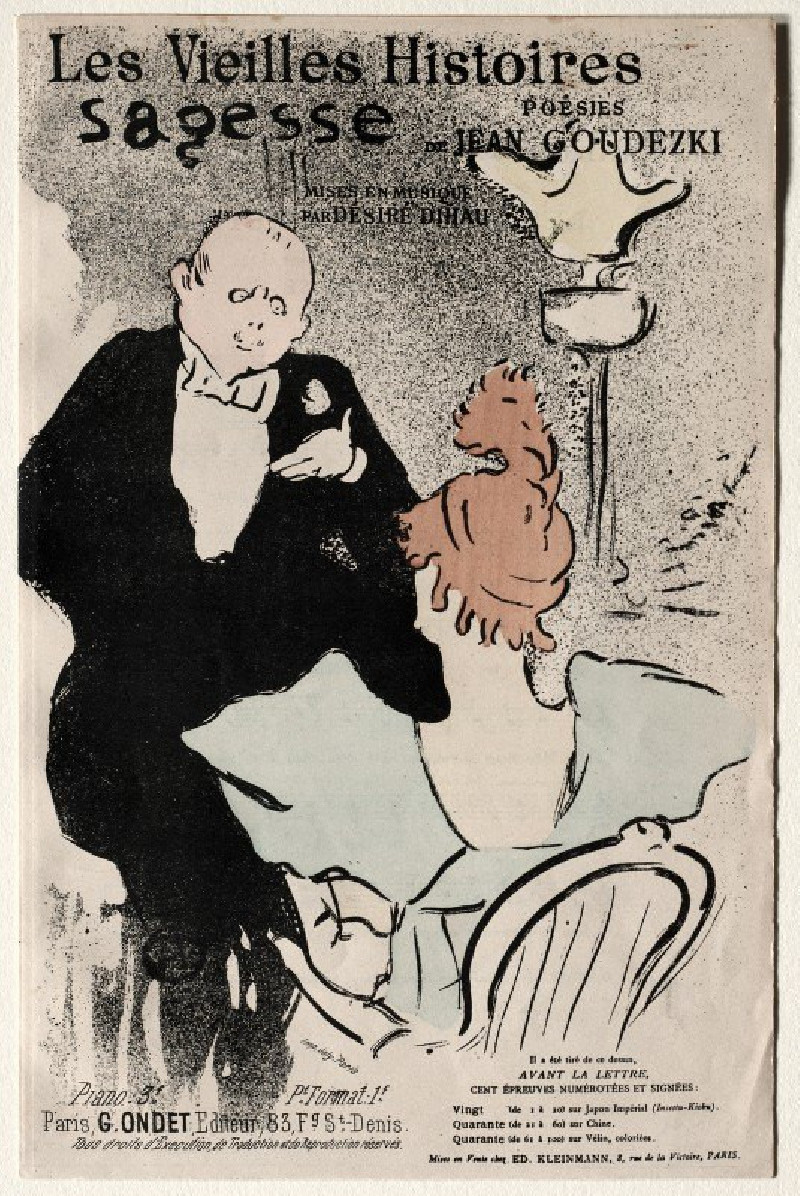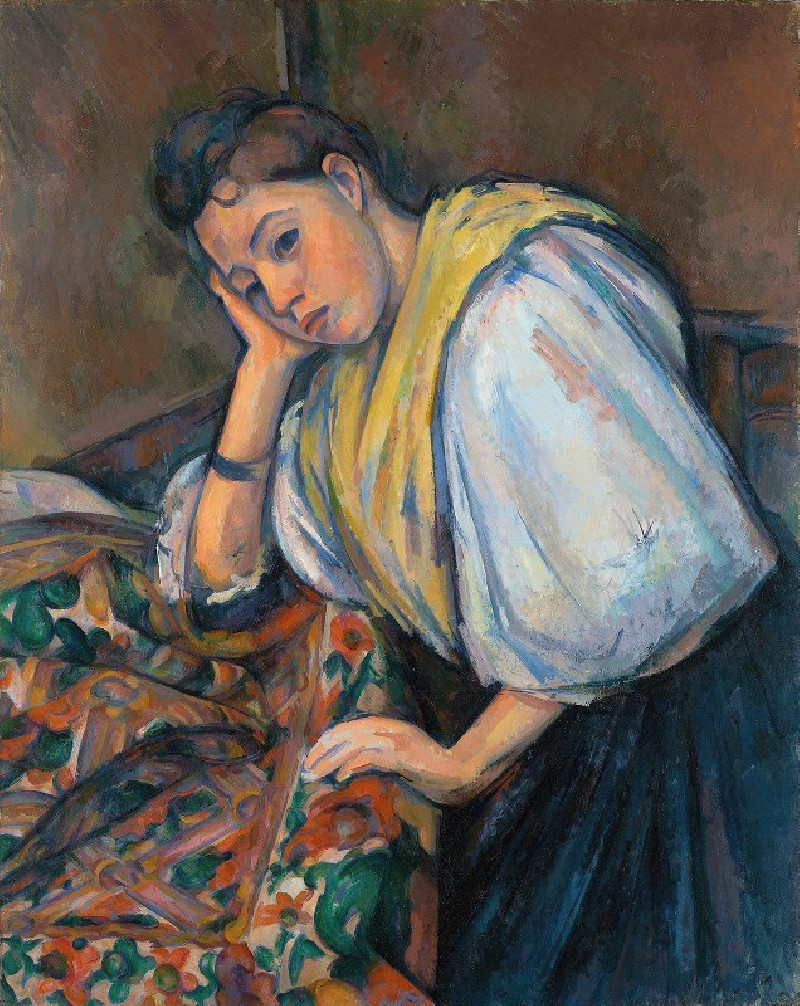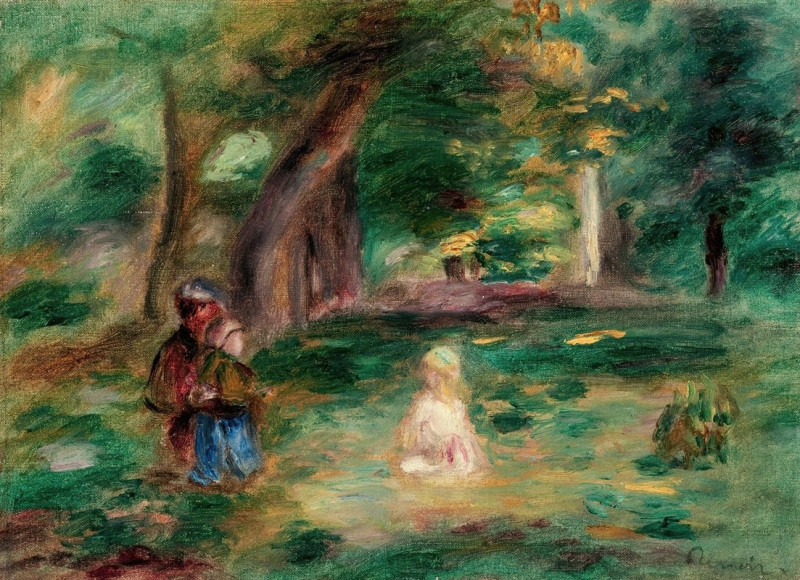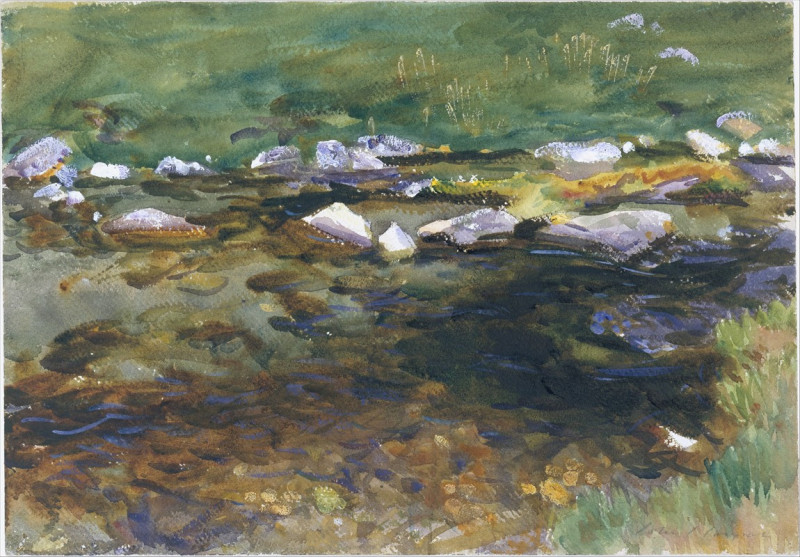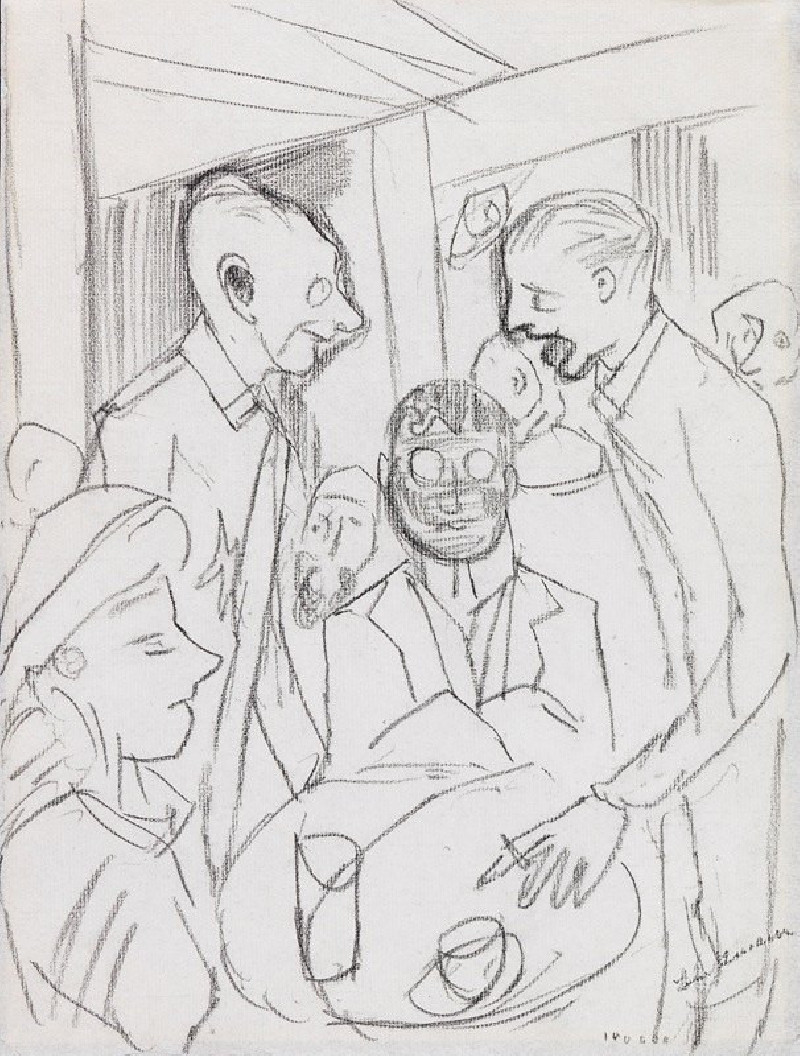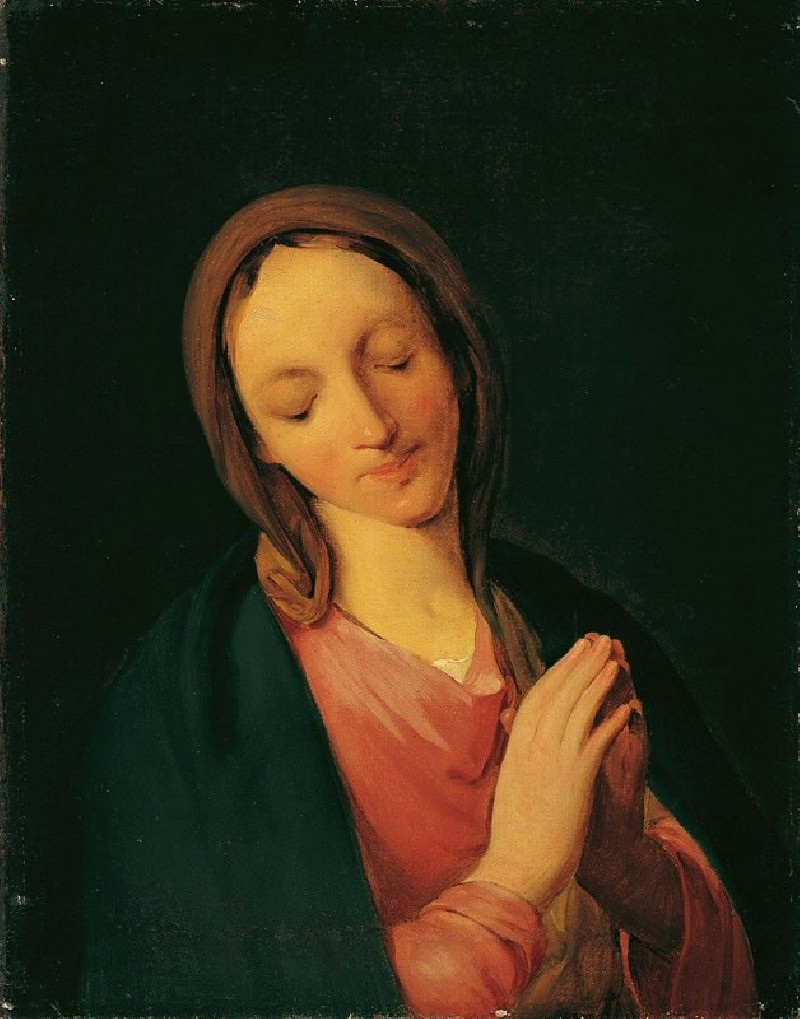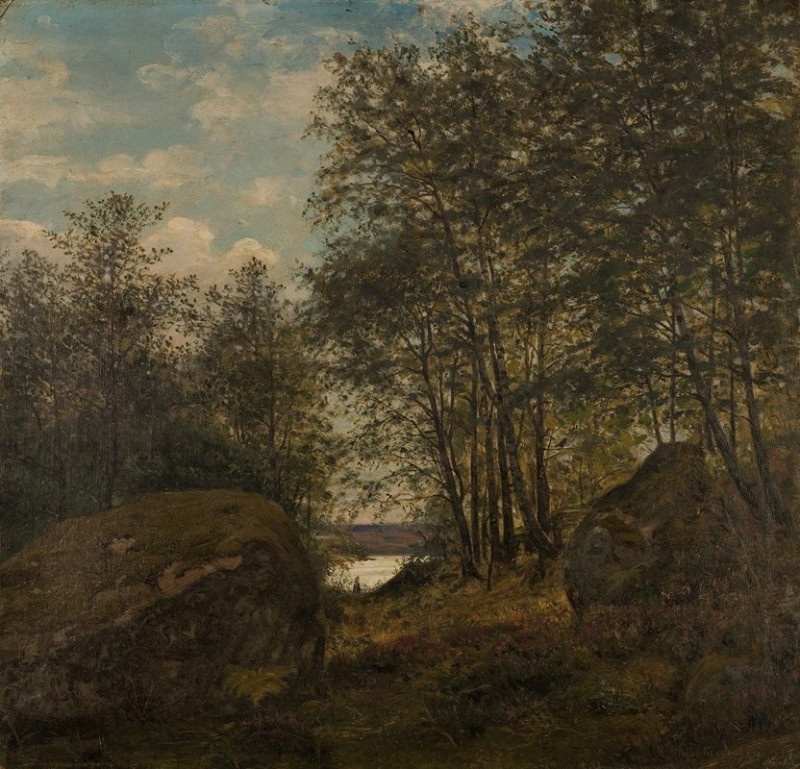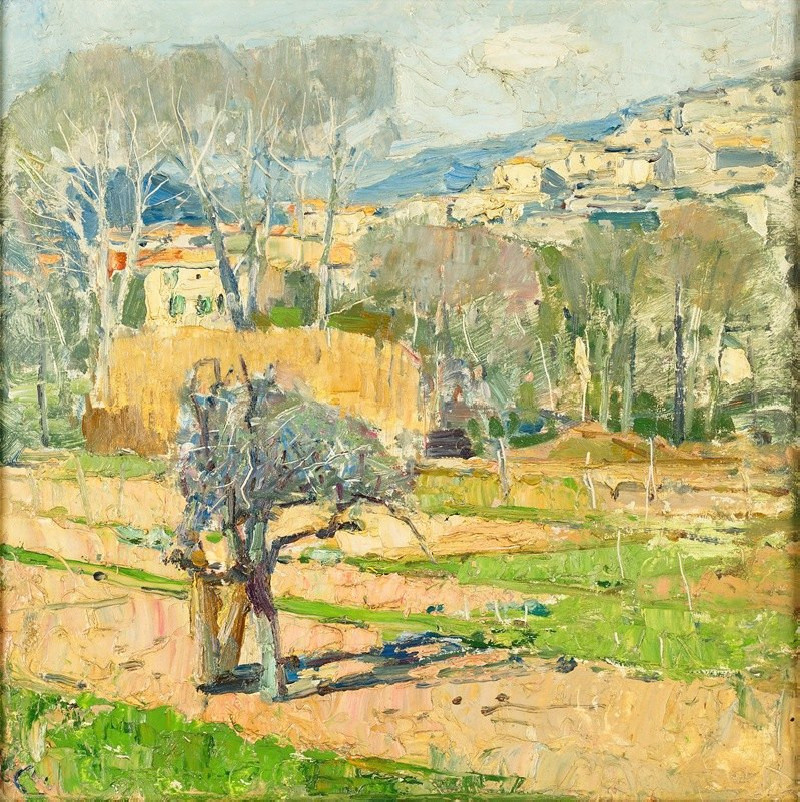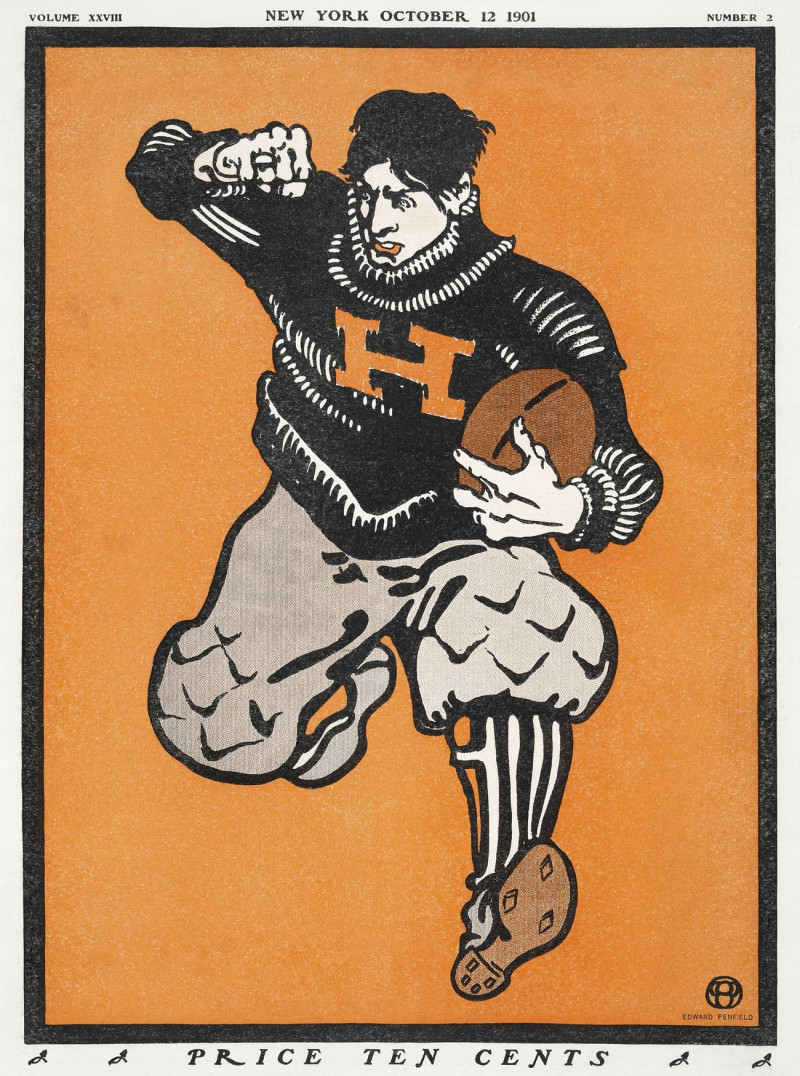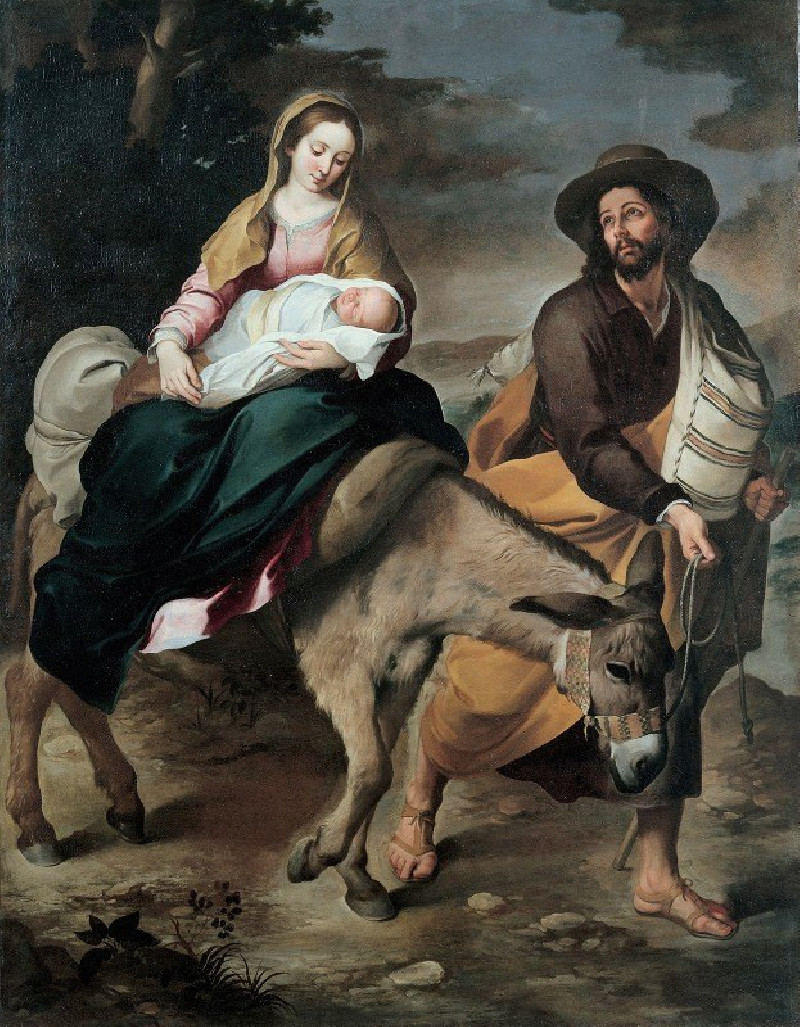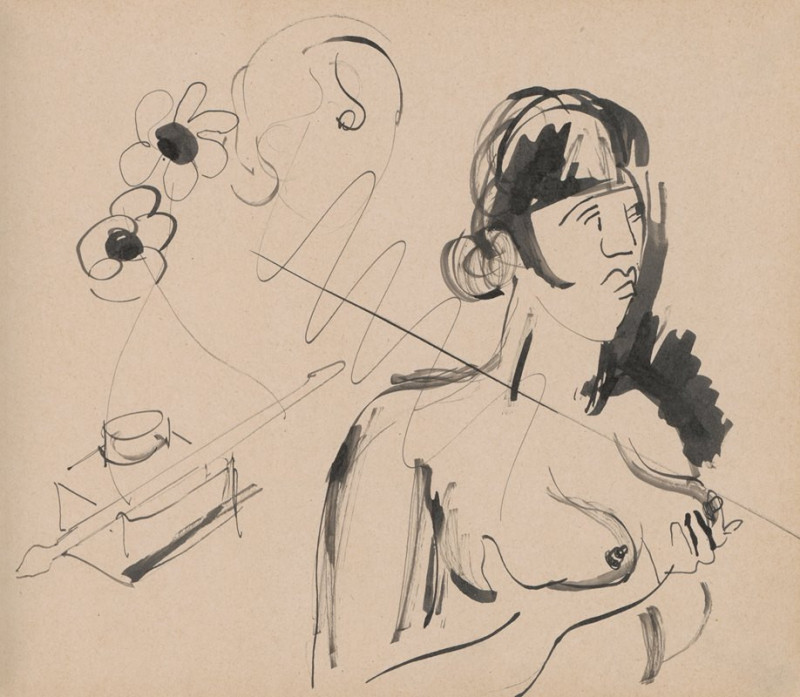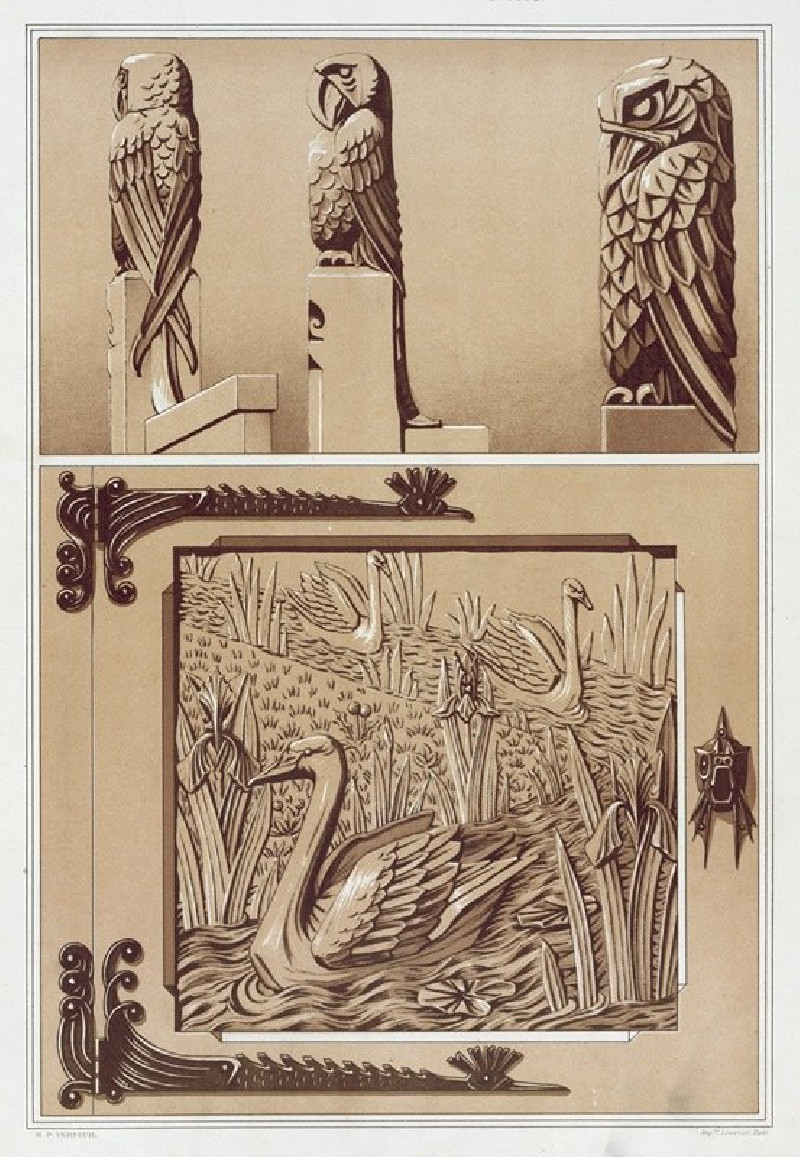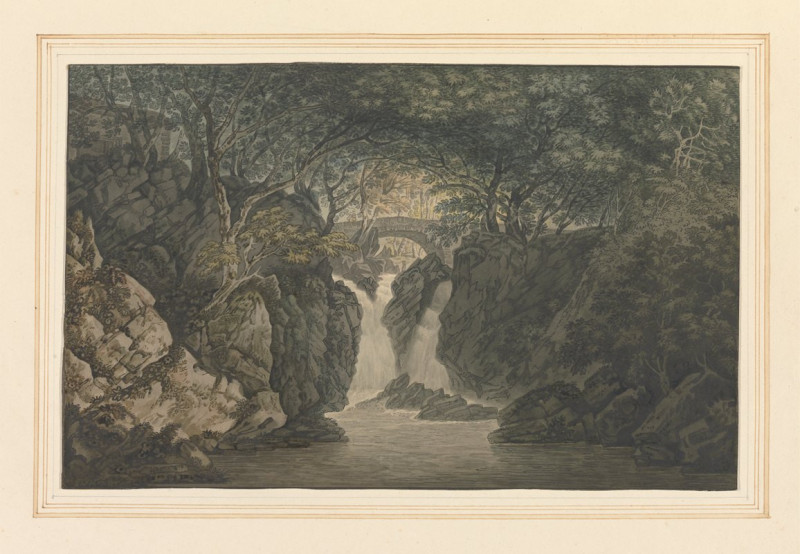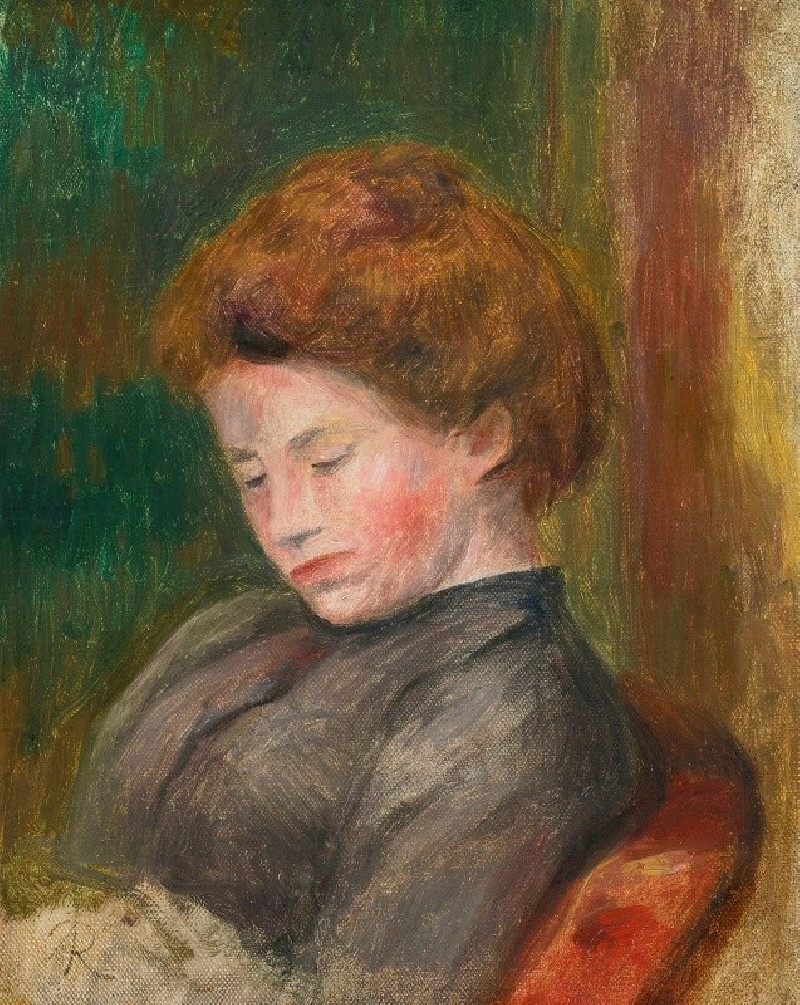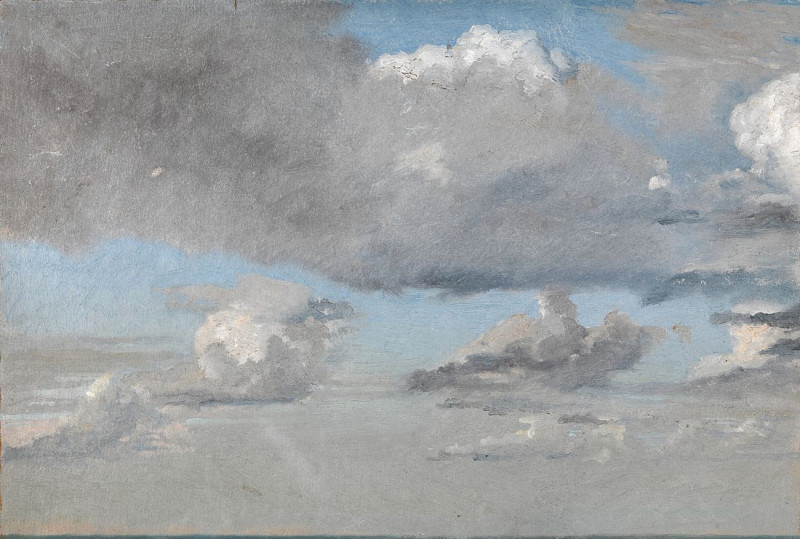At the New Circus, Papa Chrysanthemum (Circa 1894)
Technique: Giclée quality print
Recommended by our customers
More about this artwork
Welcome to an exploration of Henri de Toulouse-Lautrec's captivating stained glass art, "At the New Circus, Papa Chrysanthemum" (circa 1894). In this striking piece, Lautrec masterfully captures a vibrant and dynamic circus scene, viewed almost as though through a wonderfully fragmented lens.At the heart of this composition is the enigmatic figure of the clown, traditionally known in French as 'Papa Chrysanthemum.' His character is depicted with a rich complexity, using overlapping and vividly colored sections of glass. These segments synergize to reveal his flamboyant costume and expressive posture, embodying the essence of the circus performer’s animated spirit.Above the central figure, glimpses of an audience can be seen, their faces lined up in rows. They peer down at the spectacle, their features rendered in subdued tones that contrast starkly with the bright, lively colors of the circus ring below. This use of color differential cleverly directs the viewer’s focus to the central figure, enhancing the theatrical impact of the performer.The overall effect of the stained glass medium adds a layer of dreamlike quality to the scene, with light filtering through varied hues, creating a play of colors that seem to dance as much as the depicted figure. Toulouse-Lautrec's skillful composition and distinctive style celebrate the vibrancy and movement of the circus, capturing a fleeting moment of performance in a form that endures time.This piece not only showcases Toulouse-Lautrec’s unique ability to capture the spirit of Parisian nightlife but also his innovative use of stained glass as a medium, merging traditional craftsmanship with modernist artistic vision.
Delivery
Returns
Comte Henri Marie Raymond de Toulouse-Lautrec-Monfa (24 November 1864 – 9 September 1901), known as Toulouse Lautrec was a French painter, printmaker, draughtsman, caricaturist, and illustrator whose immersion in the colourful and theatrical life of Paris in the late 19th century allowed him to produce a collection of enticing, elegant, and provocative images of the sometimes decadent affairs of those times.

